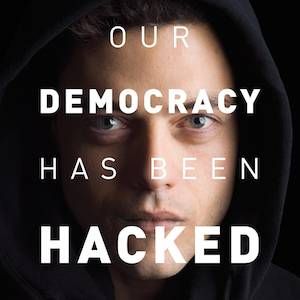
Reading Recommendations for Mr. Robot Fans
If you recently binged on the USA series Mr. Robot and enjoyed both it’s hilariously dramatic computer metaphors (See: “Life’s not that binary!”) and its relatively truthful portrayal of hacktivism in the corporate world, then do I have some book recommendations for you. Both fiction and non-fiction alike will have you freaking out and, in the words of Mr. Robot, screaming, “Is any of it real? I mean, look at this. Look at it!”
Fiction
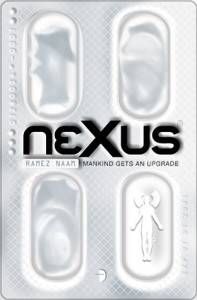
The Nexus Arc Trilogy was written by computer scientist and futurist, Ramez Naam. The trilogy centers around a new drug called Nexus that allows people to connect their minds via wi-fi. People build apps for the operating system now running in their brains and are able to collaborate more effectively than ever before. There are down sides though, as people can now have their brains hacked into and those without the drug will surely be left behind. Naam explores the economic and political implications of this new technology as the world deals with the military threat of a posthuman revolution. The real world science behind the science fiction is also super interesting and at the end of all three books there is a chapter explaining research that shows mind-reading and digital brains are not as far off as we might think.
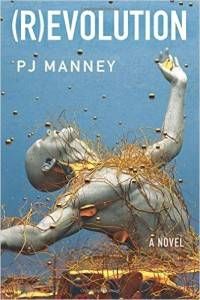
More posthuman brain technology and hackery, PJ Manney is a writer and futurist, and (R)evolution is her first novel. (R)evolution focuses on the new technology of neuroscientist Peter Bernhardt, which, like Nexus, involves microscopic nanorobots infused into the brain. Bernhardt has been framed for the worst mass murder in history and must navigate his place amongst the Evil Corporation-esque billionaires of the Phoenix Club. The novel, Manney says, was inspired greatly by the Paul Simon song “The Boy in the Bubble,” and music plays a big part in the story because Bernhardt processes information musically. There is a playlist at the end of the novel of forty songs that inspired the novel. (R)evolution is set to be the first installment of a trilogy.
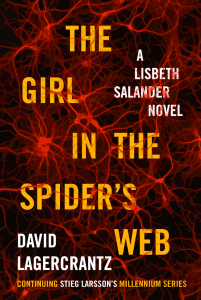
Your favorite hacker/journalist duo is back! Super-hacker Lisbeth Salander and investigative journalist Mikael Blomkvist are at it again searching for truth and justice in a sea of political and corporate corruption. This novel was so highly anticipated that they took the necessary precautions of writing it on webless computers and only communicating about it through encrypted emails. I had to include this on the list because when I think of the badass emotionally distant hacker character with a tragic past (which are present in all of the above novels and Mr. Robot), Lisbeth Salander is the pinnacle.
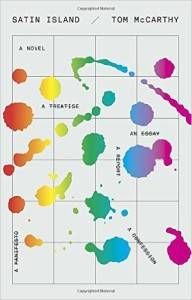
This pick has less to do with speculative fiction and hackers and more to do with the crazy ways technology is changing our inner lives. Satin Island begins at an airport, an in between place, with the narrator, called U, who works as a “corporate anthropologist” using his various devices. He is at the ultimate intersection of human and digital networks, which sets the stage for his task of writing the Great Report. The novel is strange and uses redundancy to investigate the role of the writer where information is available anywhere. It relates to Mr. Robot in the unpacking of corporate philosophies and questioning the narratives we think of as our lives.
Non-Fiction
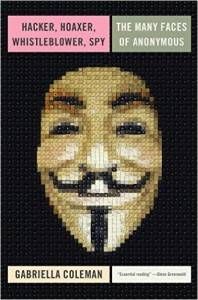
Gabriella Coleman is a professor of cultural anthropology and foremost researcher on the group of hackers that calls themselves Anonymous. She delves into the cultural phenomenon of hacktivist collectives, the mythical character of the trickster, and the ethics and metaphysics of hacking in general, while attempting to create a human portrait of the complex individuals behind the group. This book is Mr. Robot in the real world, and there’s even a Guy Fawkes mask on the cover.
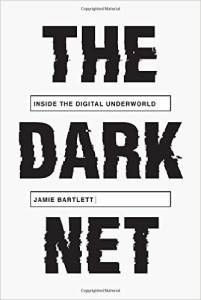
Those who remember the opening scene of Mr. Robot will know what “the darknet” is and possibly wonder why Elliot doesn’t use it to buy his drugs instead of putting people he cares about in danger. Anyways, in this book, Jamie Bartlett brings light to darknet marketplaces and navigating encrypted browsers. He brushes on Anonymous, ISIS, trolling, and cryptocurrency, while investigating the positive and negative places that technology can take us.














